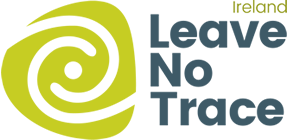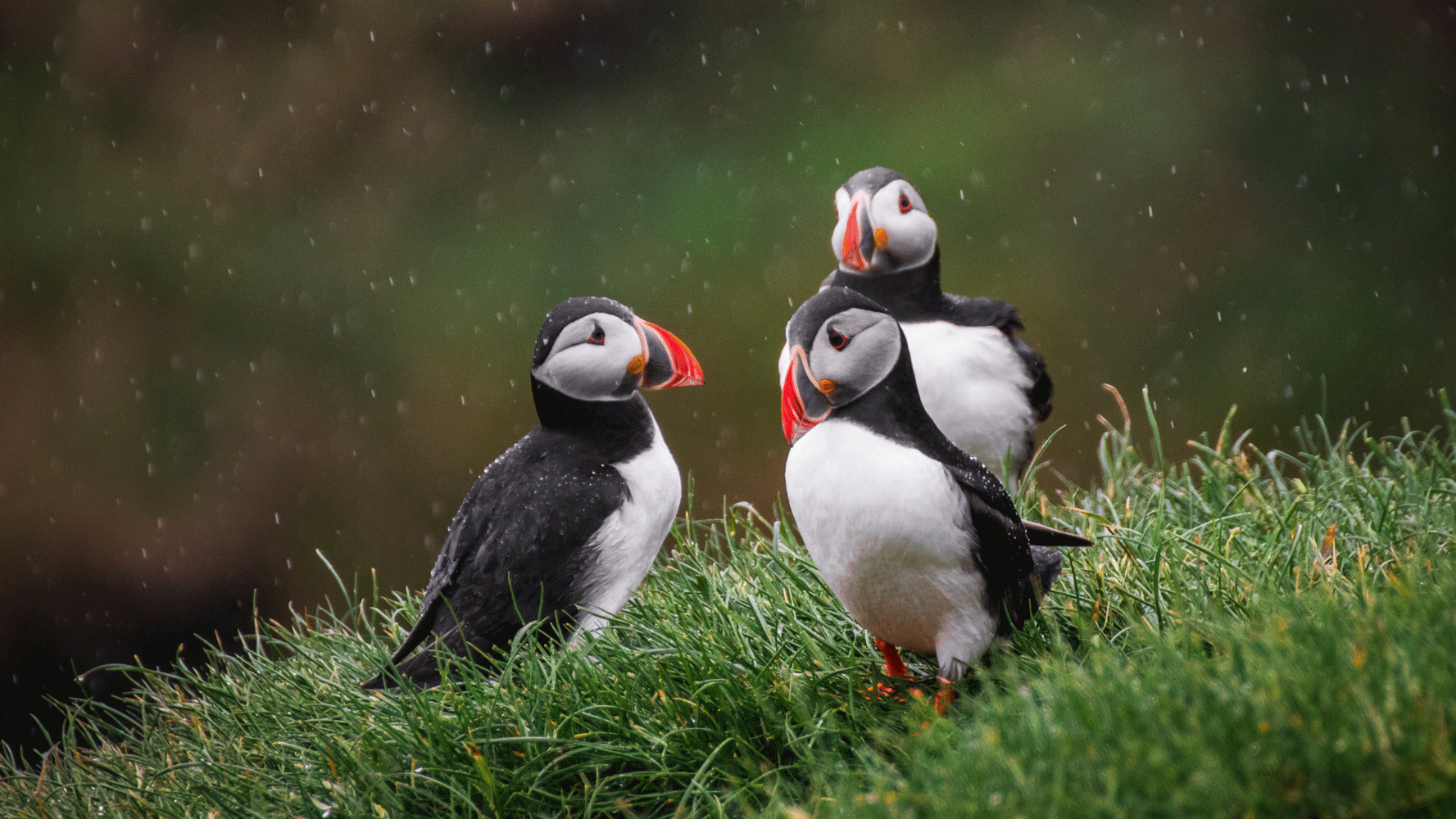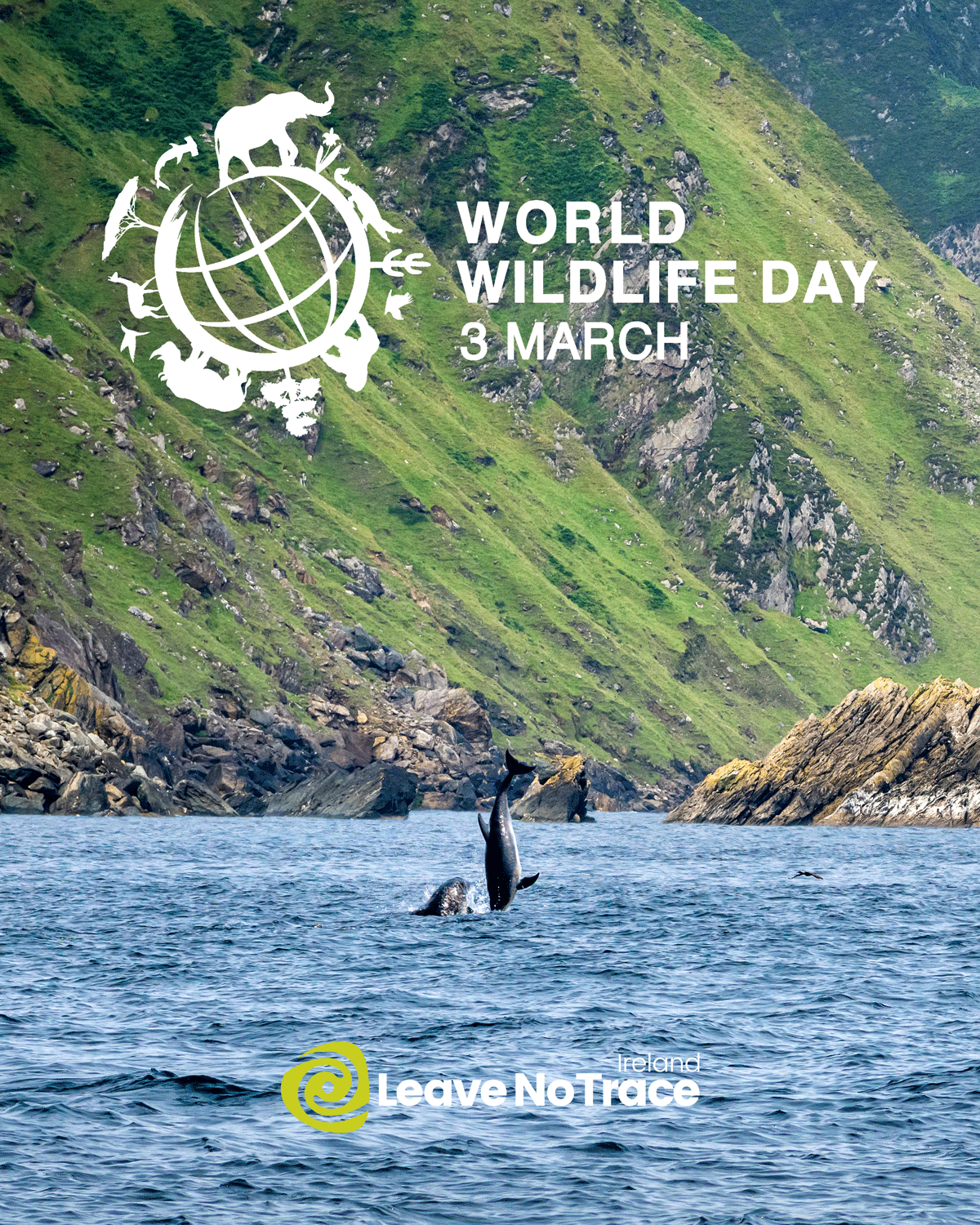UN World Wildlife Day 2023 – Partnerships for Wildlife Conservation
When World Wildlife Day comes around each year on the 3rd of March, it feels like the perfect moment to reflect on wildlife in Ireland. Our birds are nesting, love is in the air as many mammals mate, and our trees are coming out in buds. The busiest time of year for much of Irish wildlife is about to begin, and knowing what we can do to help keep our wildlife wild is key!
The years theme for World Wildlife Day is Partnerships for Wildlife Conservation, which is the perfect opportunity for us to highlight some of the fantastic organisations that we are connected to through the Irish Environmental Network.
The Irish Environmental Network is a network of Non-Government Organisations (NGOs) that work individually and jointly to protect and enhance the environment. This is done through conservation and advocation, placing environmental issues centre stage in Ireland and internationally.
Today we’re sharing 6 examples of the ongoing work being carried out for Irish Wildlife by other members of the Irish Environmental Network.
1. The Vincent Wildlife Trust
& The Irish Stoat Citizen Science Survey
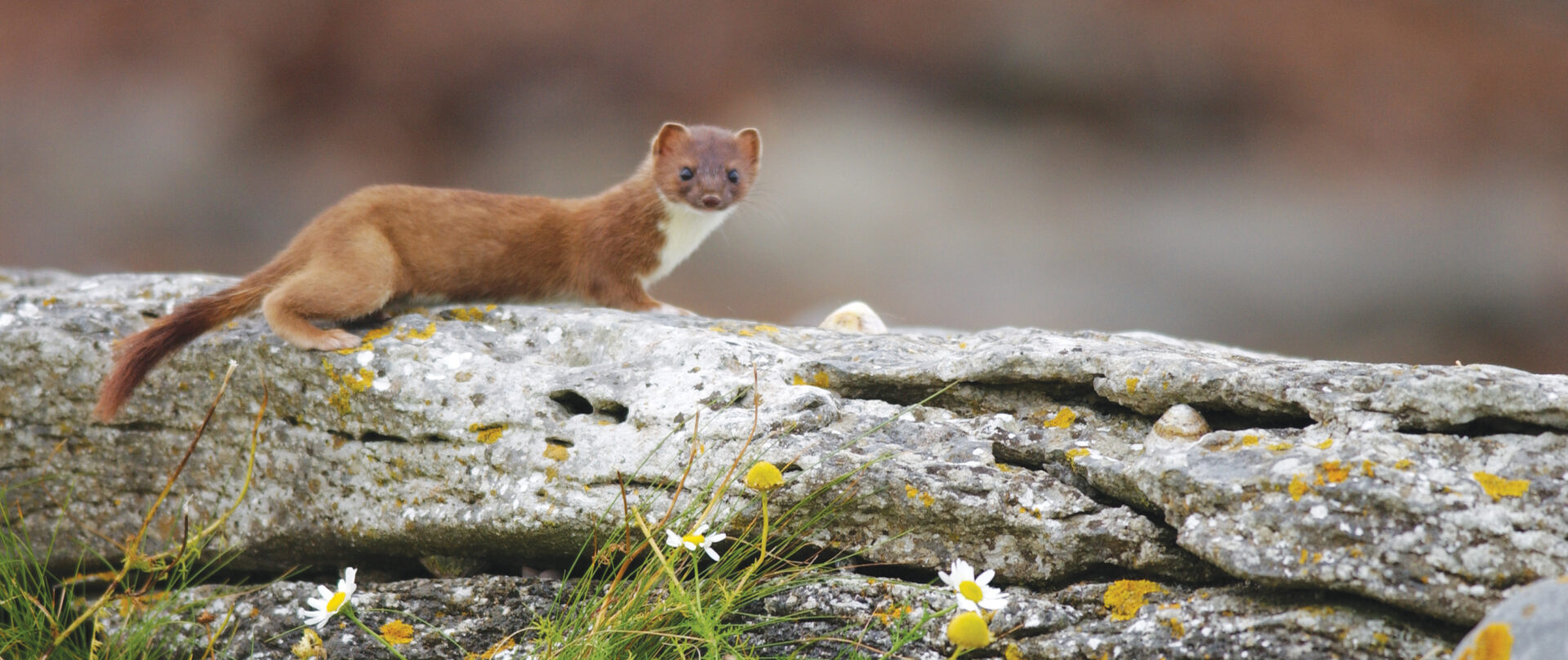
The Irish stoat occurs only in Ireland and on the Isle of Man. Related to the otter, badger, and pine marten, the Irish stoat is the smallest of these, similar in size to a rat. With often bright chestnut-brown fur on their backs, white underbellies, and a distinctive black tip to the tail, traces of these small mammals have been found in caves in County Cork dating back 27-35,000 years!
This year sees the launch of the new “Irish Stoat Citizen Science Survey 2023-2025”. This survey is aimed at the general public to submit sightings of live and dead stoats, with the goal of filling in the gaps to where Irish stoats are currently living, and possibly learn more about stoat ecology.
In the Vincent Wildlife Trust online article announcing the Irish Stoat Citizen Science Survey, Species Conservation Officer Ruth Hannniffy says that, “Despite its long history on the island, currently there are only 2,000 records for it in our national database … Stoats are some of the most elusive small mammals and finding a way to estimate their population is the Holy Grail of mammal recording!”
This survey started in February 2023 and will run until the end of 2025.
Information on how to participate is available on the Data Centre’s website, and the below links:
- Learn more and report sightings in the Republic of Ireland
- Submit a sighting in Northern Ireland
- or by emailing [email protected]
- Download the guide to identifying Ireland’s small mustelids (stoats, pine martins, etc.!)
2. Irish Wildlife Trust Webinar Series!
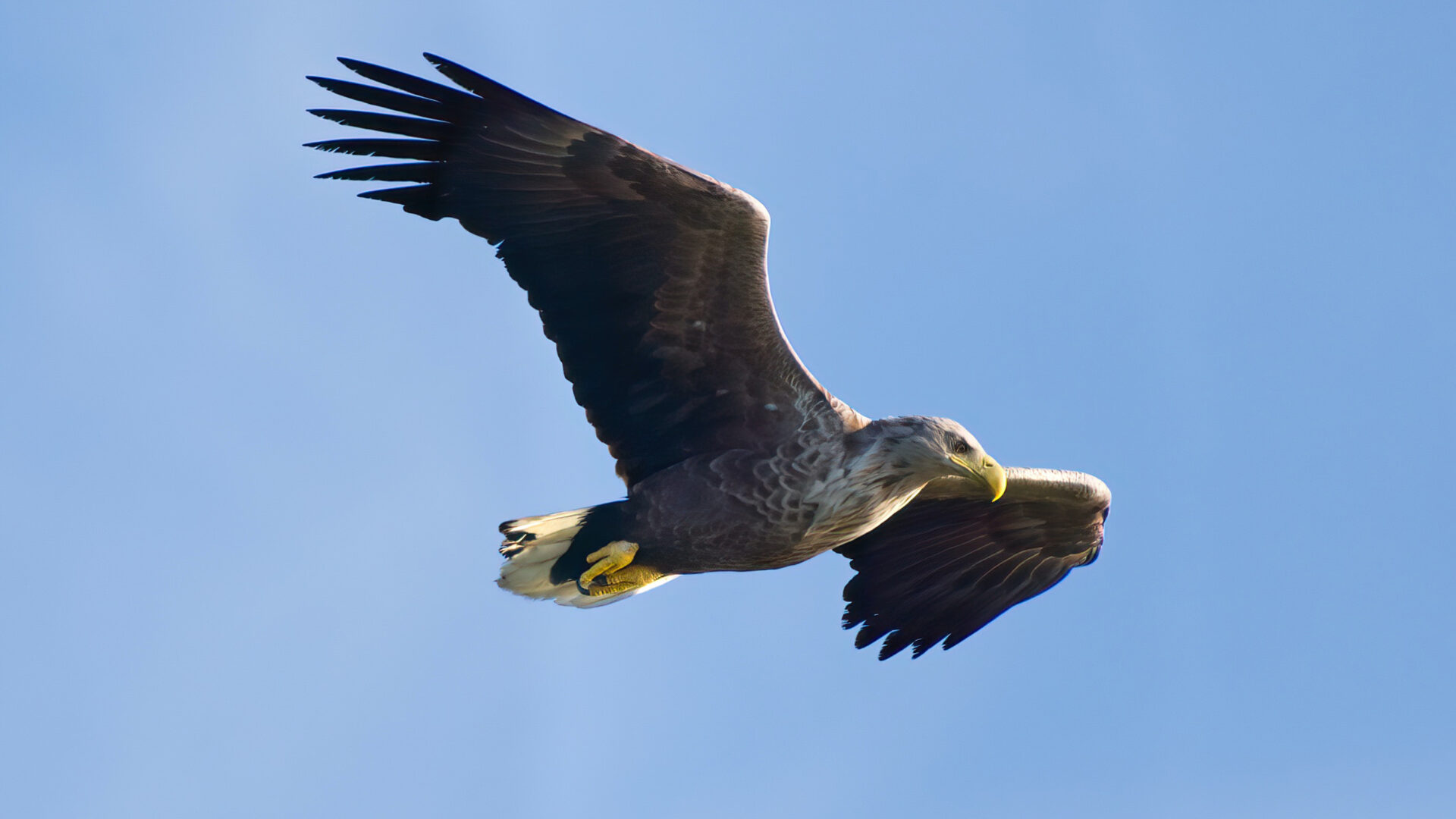
The Irish Wildlife Trust has amazing resources, wildlife information, and campaign and policy programmes. Today, we’re highlighting the free webinar series you can find on their YouTube!
Linked below is one of these online webinars on the White-tailed Eagle in Ireland. Presented by Dr Allan Mee, who has been project manager of the white-tailed eagle reintroduction project since 2007, this webinar gives a history of the Sea Eagle in Ireland: from its historic extent, to its reappearance in Irish skies, to the hopes for the future!
Learn more about the Irish Wildlife Trust and the work they do on their website.
3. WRI Wildlife Hospital

WRI (Wildlife Rehabilitation Ireland) exists to promote wildlife rehabilitation, improve wildlife welfare, and conservation in Ireland. One of their subsidiaries is the WRI Wildlife Hospital. Run by dedicated volunteers and skilled professionals, the WRI Wildlife Hospital provides education and hospital services, committed to protecting the lives of Ireland’s wildlife population.
A permanent home for the hospital is currently under construction in East Meath. This purpose-built space will have treatment and operating rooms, isolation wards, an intensive care unit, and recovery rooms. Wildlife recovery areas are being designed with proper consideration for the very different requirements of different species. There will be aviaries, barns, enclosures, and even pools!
Subscribe to the WRI Wildlife Hospital Newsletter for regular updates on the work they do – and once the new hospital is ready, the educational programmes and resources that will be available from there!
4. BirdWatch Ireland
Upcoming Events
A great way to learn more about our wildlife is to attend events run in your area. BirdWatch Ireland run events nationwide, and provide a welcoming space for anyone interested in learning more about the bird-life in their area.
BirdWatch Ireland is the largest independent conservation organisation in Ireland! They carry out extensive scientific research and survey work into Ireland’s birds, operate applied conservation projects and manage a network of reserves nationwide. Learn more on their website.
5. Bat Conservation Ireland
10th Irish Bat Conference, 11th March 2023
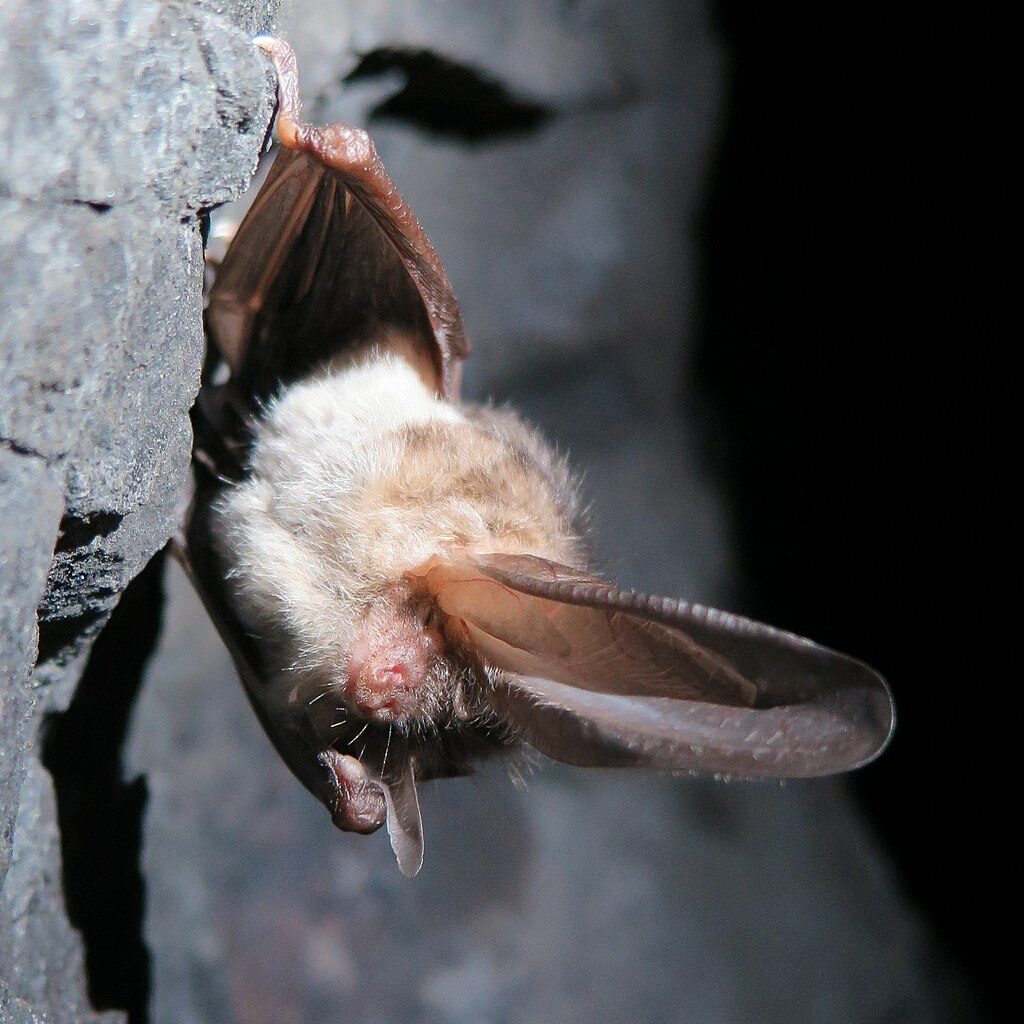
Bat Conservation Ireland is an independent, non-profit, charity that is Ireland’s leading authority on bats. They conduct monitoring and research to increase knowledge of all Irish bat species, and work to secure and expand existing bat populations.
This month sees the 10th Irish Bat Conference on the 11th – 12th March in the Athlone Springs Hotel, Co. Roscommon.
There are numerous presentations on various aspects of bat research, projects, and conservation scheduled, as well as workshops taking place on the Sunday. Covering the topics of; Bats and Lighting; Use of New Imaging Technologies in Bat Work; How to Run a Bat Walk & Resources for Bat Groups, and more, we are excited to see this conference back on the calendar!
If you want to learn more about bats in your area, check out their Bat Groups!
6. Irish Whale & Dolphin Group
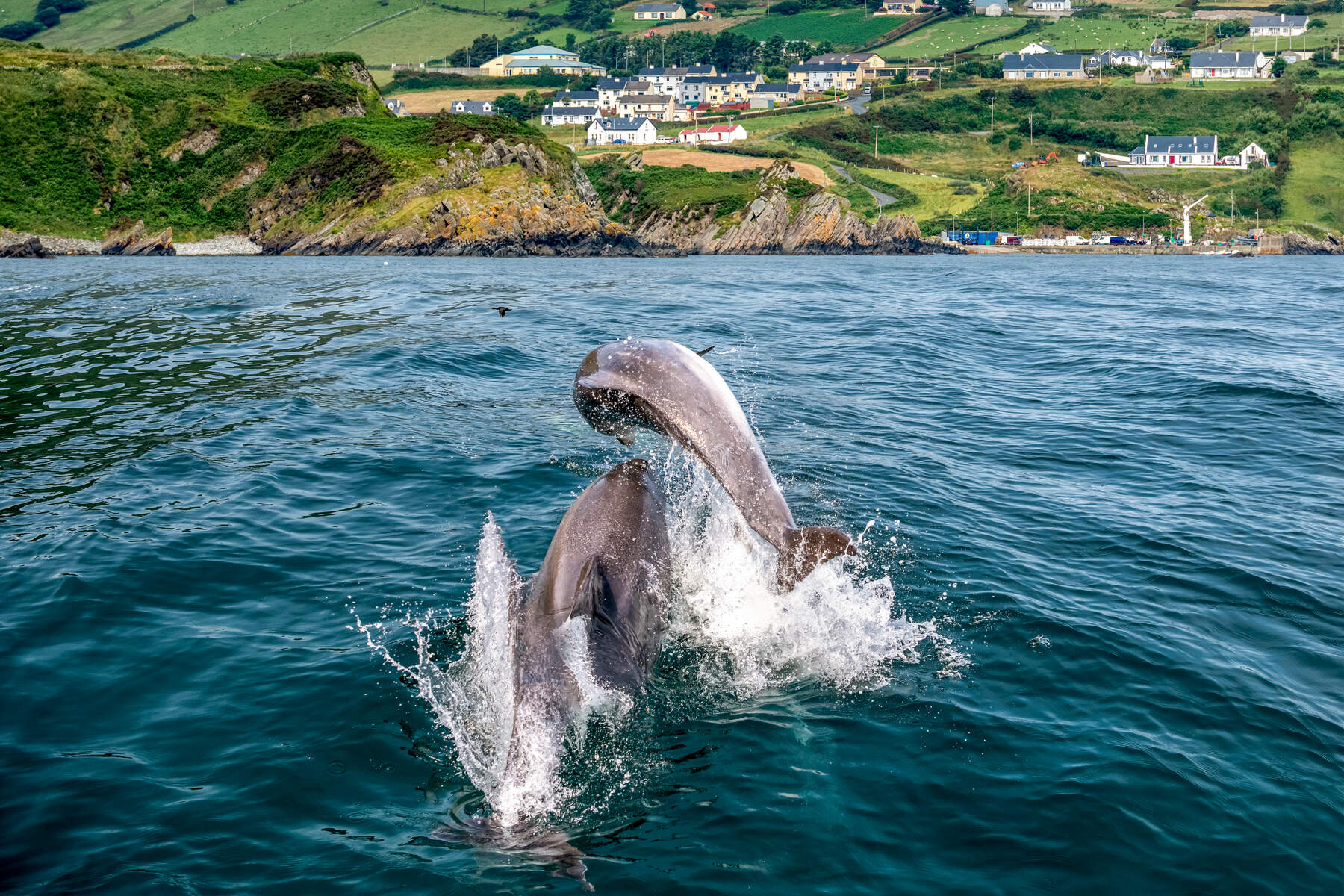
IWDG was founded in 1990 to establish an All-Ireland sighting and stranding scheme and to campaign for the declaration of Irish territorial waters as a whale and dolphin sanctuary. Working in research, conservation, welfare, and education & outreach, IWDG is at the forefront of Irish whale, dolphin and porpoise research and advocation. Research is a core activity for the IWDG in order to build informed opinions based on scientific knowledge & inform conservation actions. This research all trickles down into their conservation and welfare work, resulting in fantastic education and outreach programmes.
Similar to how Leave No Trace approaches outdoor education, the IWDG believes that if they can ignite a passion within the greater community for our oceans and their inhabitants, then there is great hope that they will prosper into the future.
Want to learn more about the incredible whales and dolphins around Ireland? Run from the CECAS centre, Leap, West Cork, the summer whale-watching courses these courses actively support whale and dolphin conservation and research in Ireland.
Find all of their upcoming events here.
Bonus Round!
Citizen Science
Citizen Science is a powerful tool, and used by many of the groups featured in this article.
While many people may feel like there is much they don’t know about our different flora and fauna, citizen science is a simple way of helping us understand what is happening on a local and national scale.
Citizen science is data collection by members of the public to help answer research questions. Having a strong recording community is essential to citizen science. One of the benefits of citizen science is that we are able to collect data nationwide over long periods of times. For example, the Irish Butterfly Monitoring Scheme began in 2008 and it simply would not be possible without citizen science to generate such a large dataset across Ireland on our butterfly populations.
Watch this video by the National Biodiversity Data Centre on Citizen Science:
Learn more about citizen science from the National Biodiversity Data Centre here!
